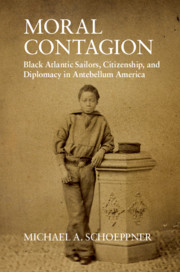Propagule pressure significantly contributes to and limits the potential success of a biological invasion, especially during transport, introduction, and establishment. Events such as multiple introductions of foreign parent material and gene flow among them can increase genetic diversity in founding populations, often leading to greater invasion success. We applied the tools and theory of population genetics to better understand the dynamics of successful biological invasion. The focal species, cogongrass, is a perennial invasive grass species significantly affecting the Gulf Coast and southeastern region of the United States. The literature indicates separate, allopatric introductions of material from East Asia (Philippines and Japan) into the U.S. states of Mississippi and Alabama. Molecular analysis of samples from those two states utilized amplified fragment length polymorphism (AFLP) markers on 388 individuals from 21 localities. We hypothesized that previously isolated lineages of cogongrass are present and crossing in the Southeast. We observed genetic variation within localities (0.013 ≤ heterozygosity (He) ≤ 0.051, mean = 0.028 ± 0.001) with significant and substantial population structure (FST = 0.534, P < 0.001). Population structure analyses detected two genetically defined and statistically supported populations, which appear to have experienced some admixture. The geographic distribution of those populations was consistent with the two-introduction scenario reported previously. These results are also consistent with contact in the invasive range of previously isolated lineages from the native range.


